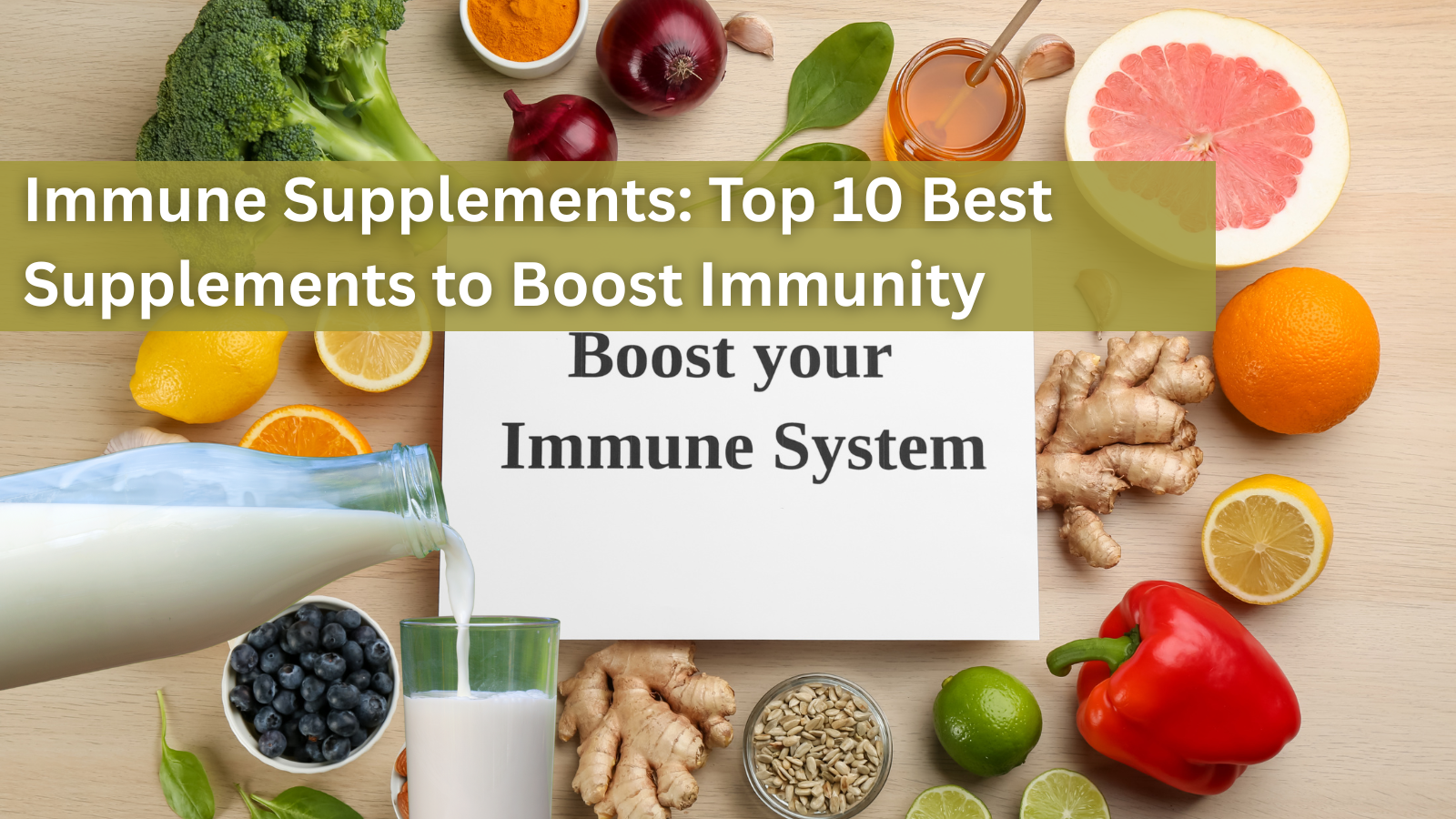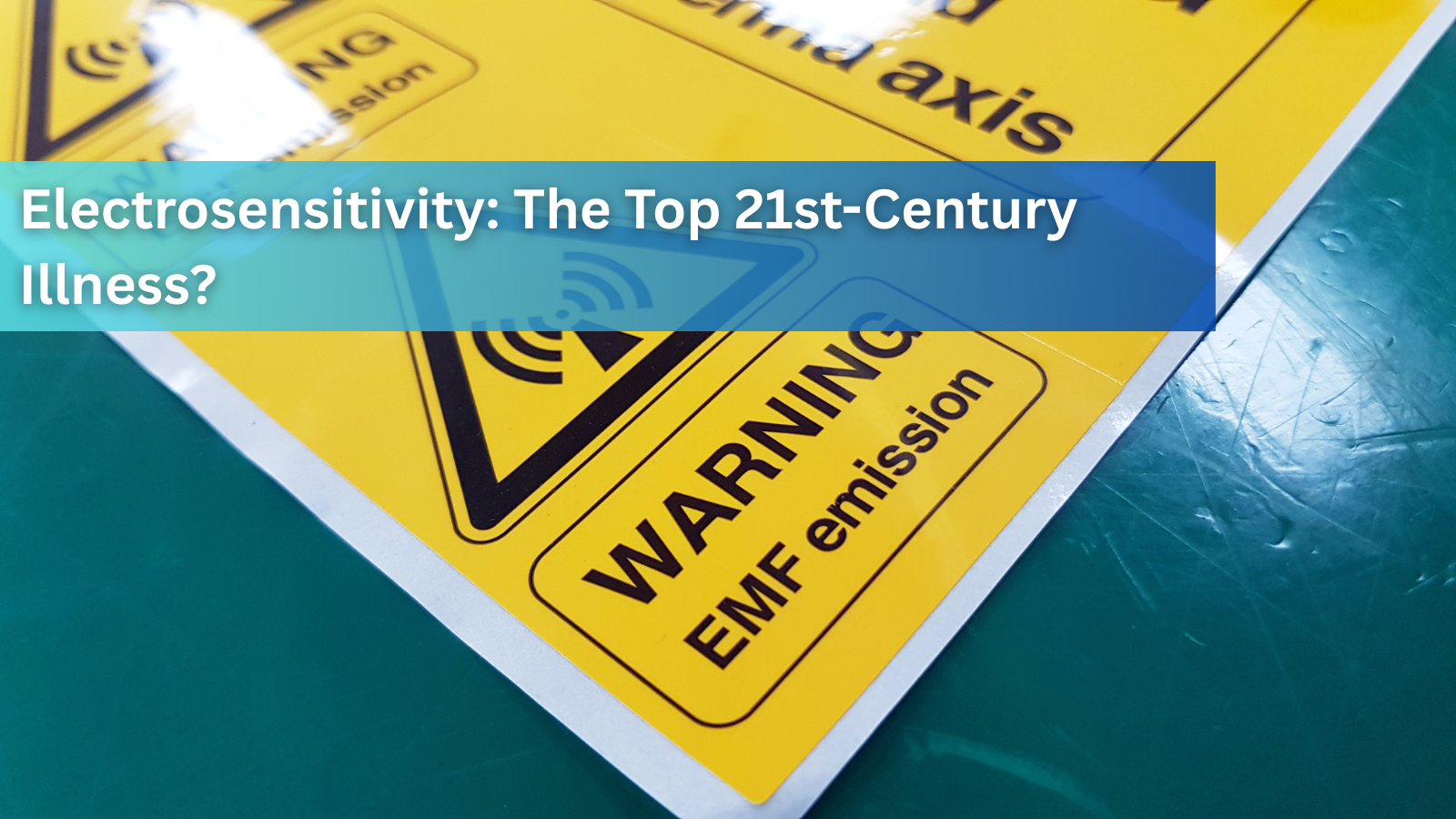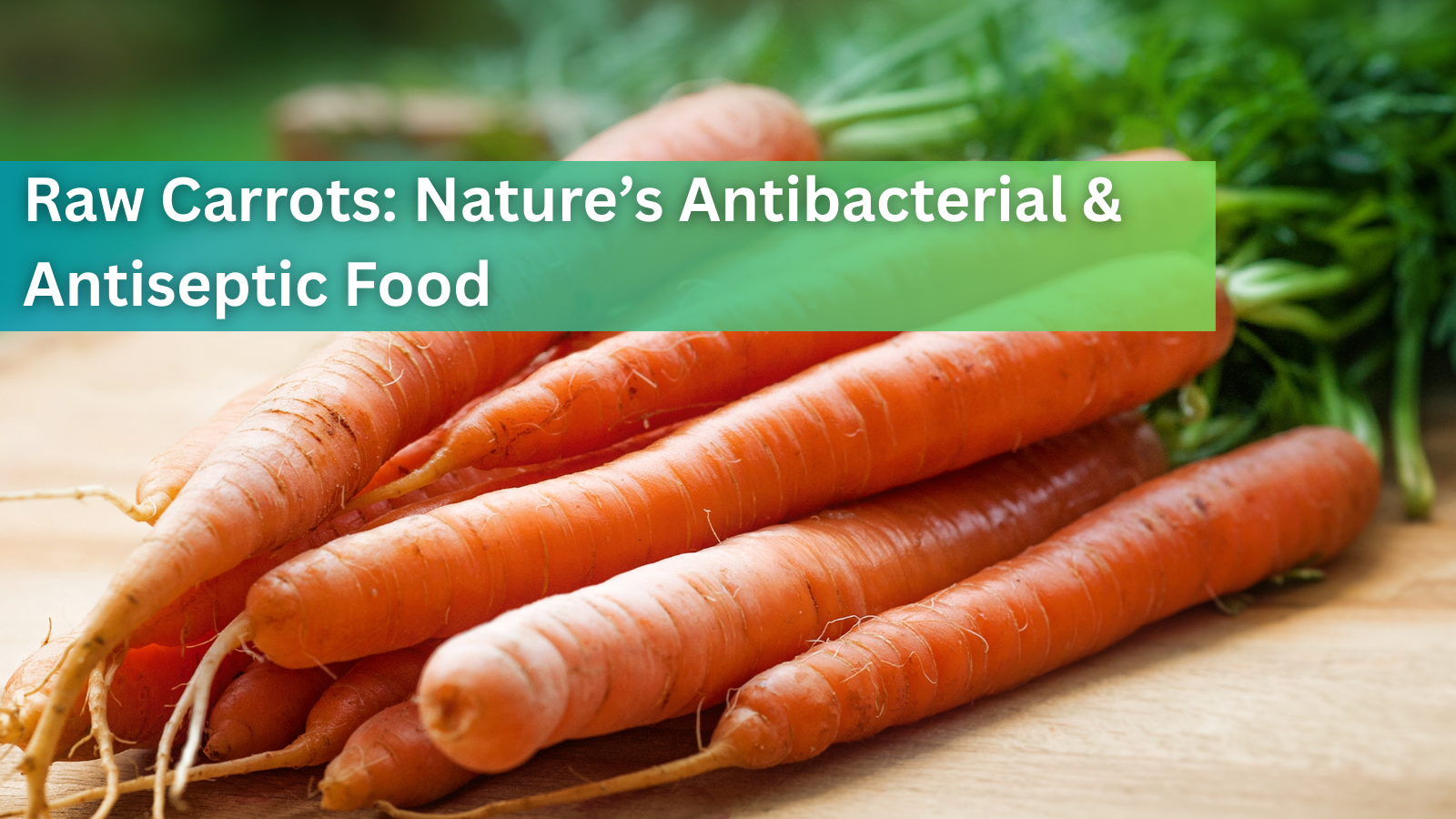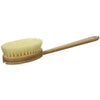Book Review of Slow Death by Rubber Duck: The Hidden Danger Lurking in Everyday Life

The book Slow Death by Rubber Duck by Rick Smith and Bruce Lourie begins with an eye-opening warning for readers. The authors waste no time addressing the stark reality we face today, stating, "There is no separation between environmental issues and health issues". This statement highlights their central message about how deeply intertwined our personal well-being is with the state of the environment.
Digging Into the Risks
Smith and Lourie use accessible science and personal experimentation to reveal the hidden dangers in everyday items, aiming to spread awareness about the substances we're exposing ourselves and our children to. Leveraging their expertise in environmental studies, they offer a balanced perspective, combining alarming research with a glimmer of hope. With proper legislation and informed choices, they argue, our future can still be bright. A recurring point throughout the book is that "the human body is a sponge," absorbing countless chemicals from our surroundings. To drive this message home, the authors take the bold step of testing household substances on their own bodies, using urine and blood samples to track exposure levels. Here's a look at some of the thought-provoking chapters.
Chapter 1: The Evolution of Pollution
This chapter provides an insightful history of pollution and explains how modern pollution differs dramatically from the past. The authors outline three key differences:
- Pollution is now global rather than localized.
- The visible plumes of yesteryear have given way to virtually invisible contaminants.
- Effects have shifted from immediate and acute to chronic and long-term health impacts.
They highlight events like London's Great Smog of 1952 and the terrifying discovery of DDT in breast milk to showcase the historical consequences of harmful chemicals. Despite these examples, they offer hope in the form of stricter laws, such as those established by the Environmental Protection Agency, to curb pollution.
Chapter 2: The Hidden Perils of Rubber Ducks
Here, the authors zero in on phthalates, chemicals commonly found in items like rubber ducks, air fresheners, and perfumes. Known as "plasticizers," phthalates are used to enhance flexibility and softness in materials. While phthalates break down relatively quickly, they remain a cause for concern, especially for pregnant women and children. Infants, who often chew on toys, are at higher risk of exposure to these chemicals.
Rick, who is also a father, shares a personal story about testing his children's toys and discovering that most exceeded safe limits for phthalates. He even conducts an experiment by detoxing from plastics and then deliberately exposing himself to phthalate-laden products. Unsurprisingly, his urine samples reveal a shocking spike in phthalate levels. The chapter wraps up with a critical reminder that as consumers, we must make informed decisions to minimize harm to our bodies and the planet.
Chapter 3: The World's Most Slippery Chemicals

This chapter takes on perfluorinated compounds (PFCs), commonly associated with non-stick cookware and various household items like pizza boxes and Teflon-treated carpets. While useful for their slippery texture, PFCs pose serious health risks. The authors explore the infamous DuPont case in West Virginia, where the company was fined for withholding information about the dangers of PFOA, a carcinogenic substance found in their workers’ blood.
Rick and Bruce also experiment with PFC exposure by spending two days in a room with a treated carpet, though their results were inconclusive. They explain potential reasons for this and emphasize how PFCs continue to be a concern even in smaller doses.
Chapter 4: Modern Flame Retardants
Flame-retardant chemicals, especially bromine-based ones, take center stage in this chapter. While initially developed to protect against fire hazards, many of these chemicals, such as Tris BP, were later found to be highly carcinogenic. Historical incidents, like livestock deaths from PBB-contaminated feed in 1973, and Japan’s "Yusho" oil disease caused by PCB leakage in 1968, underline the severe risks these substances carry.
Although PCBs have been banned in the U.S. since 2001, their legacy persists in the form of persistent organic pollutants (POPs), which accumulate in ecosystems and human bodies. The authors highlight data from their family’s blood samples, revealing a generational decline in PCB levels, emphasizing the long-lasting impact of regulatory changes.
Chapter 5: Mercury—A Deadly Element

Few substances have as dark a legacy as mercury. To test mercury's bioaccumulation, Bruce consumes large quantities of predator fish like tuna and salmon, resulting in alarming mercury levels in his system. The chapter covers mercury's historical use, from its role in mining to its use in thermometers and dental fillings.
The book also recounts tragedies such as the Minamata disaster in Japan, where mercury-polluted waters devastated communities. The chapter closes with a clear message—minimizing exposure is the safest way to protect against mercury's harmful effects.
Chapter 6: Are Antibacterials Helping or Hurting?

The final chapter examines the overuse of antibacterial products, particularly those containing triclosan. While marketed as revolutionary for public health, triclosan introduces significant problems:
- Triclosan products are no more effective than regular soap (lye soap with sodium hydroxide kills germs without fostering superbugs).
- Prolonged exposure is linked to health problems.
- Overuse has contributed to the rise of superbugs resistant to antibiotics.
Rick conducts a personal experiment using triclosan-saturated products and records a dramatic increase in his urine triclosan levels. The chapter also discusses the growing prevalence of silver nanoparticles in consumer goods, which can disrupt environmental bacteria. The authors urge readers to think critically about overusing such products and their long-term environmental impact.
Final Thoughts
Slow Death by Rubber Duck is a compelling book that offers a sobering yet hopeful look at the invisible chemicals in our lives. By combining scientific research, personal anecdotes, and actionable insights, the authors empower readers to make informed choices that protect personal health and the environment. It's a must-read for parents and health-conscious individuals looking to create a safer, toxin-free world.

September 27, 2025
Immune Supplements: Top 10 Best Supplements to Boost Immunity
Are you looking for effective ways to enhance your body’s natural defense? Immune supplements have become popular choices to support the immune system booster function, especially in times of increased illness risk. With so many products...
Read more
September 27, 2025
Cell Phone and WiFi Safety: How to Prevent and Treat EMF Damage and Electrosensitivity
Electrohypersensitivity (EHS), often called electrosensitivity, has been a polarizing and increasingly relevant issue over the past decade and a half. Since the number of people identifying with these symptoms continues to grow exponent...
Read more
September 27, 2025
Raw Carrots: Nature’s Antibacterial & Antiseptic Food
For most of us, carrots are simply a crunchy snack or a source of vitamin A. But according to researcher Ray Peat, PhD, raw carrots offer something more unusual: they act as a kind of natural antiseptic inside the gut, helping to contro...
Read more




Leave a comment